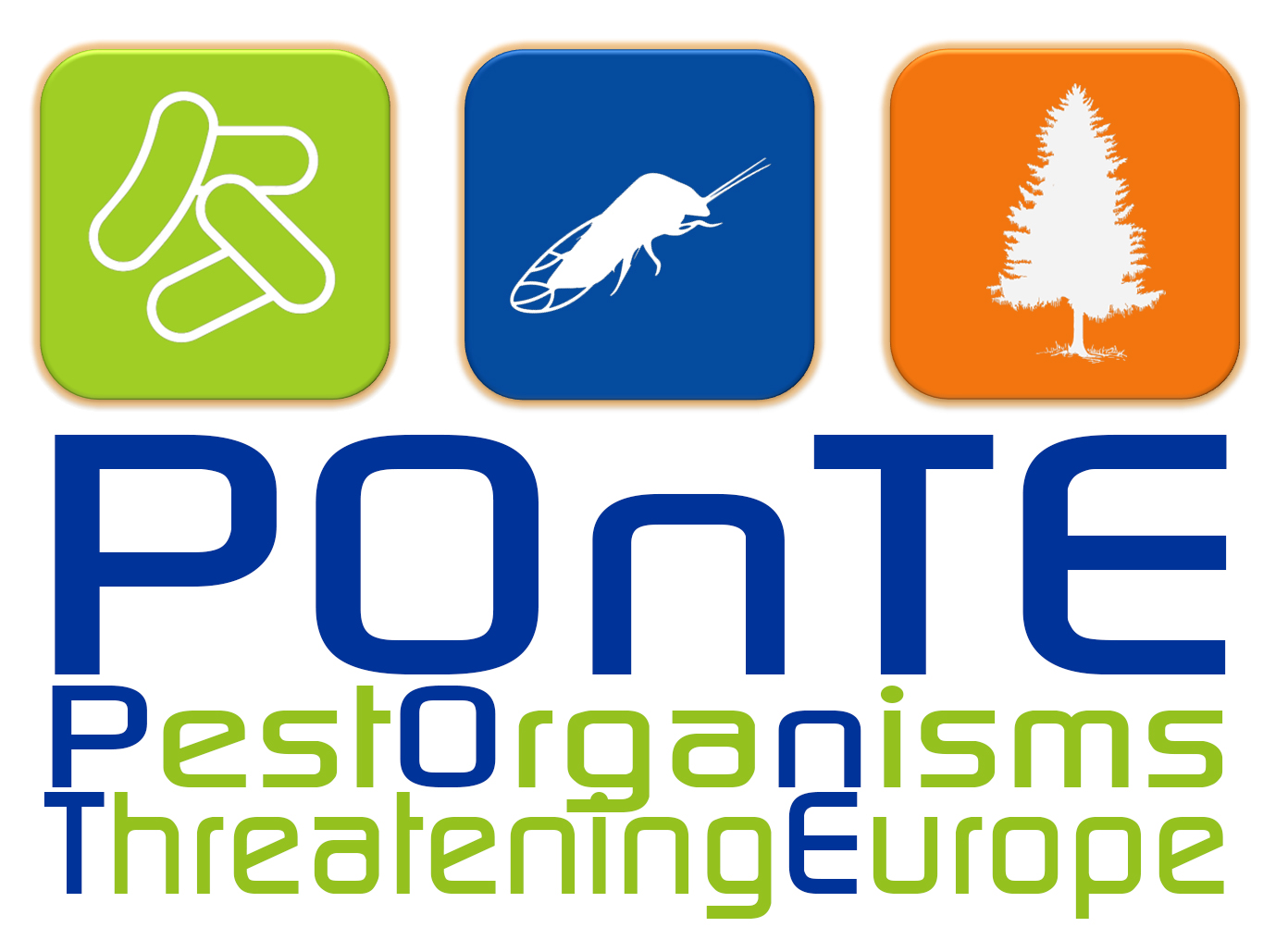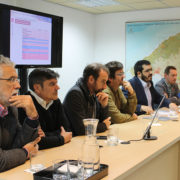Seasonal fluctuations of sap-feeding insect species infected by Xylella fastidiosa in Apulian olive groves of Southern Italy
ORIGINAL PAPER
Issam Eddine Ben Moussa, Valerio Mazzoni, Franco Valentini, Thaer Yaseen, Donato Lorusso, Stefano Speranza, Michele Digiaro, Leonardo Varvaro, Rodrigo Krugner, Anna Maria D’Onghia
Abstract
A study on seasonal abundance of Auchenorrhyncha species and their infectivity by Xylella fastidiosa in the Apulia region of Italy was conducted to identify ideal periods for monitoring and adoption of potential control measures against insect vectors. Adult populations of Auchenorrhyncha species were monitored monthly over a 2-yr period from five olive groves. A total of 15 species were captured, identified, and tested for presence of X. fastidiosa by polymerase chain reaction (PCR). For three species, Philaenus spumarius L., Neophilaenus campestris (Falle`n), and Euscelis lineolatus Brulle´, positive reactions to X. fastidiosa were obtained, on average, in 16.3, 15.9 and 18.4% of adult insects, respectively. Philaenus spumarius was the dominant species (39.8% of total Auchenorrhyncha captured) with the highest adult abundance in summer months. Adult P. spumarius and N. campestris were first detected between March and May in both years, and all insects tested during these periods (year 1: n¼42, year 2: n¼132) gave negative reactions to X. fastidiosa by PCR. Similarly, first adults of E. lineolatus that appeared from October to November (year 1: n¼20, year 2: n¼15) tested negative for presence of X. fastidiosa. Given the lack of transstadial and transovarial transmission of X. fastidiosa and considering that P. spumarius is univoltine, control measures against nymphal stages of P. spumarius should be investigated as means of population suppression to reduce spread of X. fastidiosa in olive groves.
Published on July 8, 2016 by JOURNAL OF ECONOMIC ENTOMOLOGY









